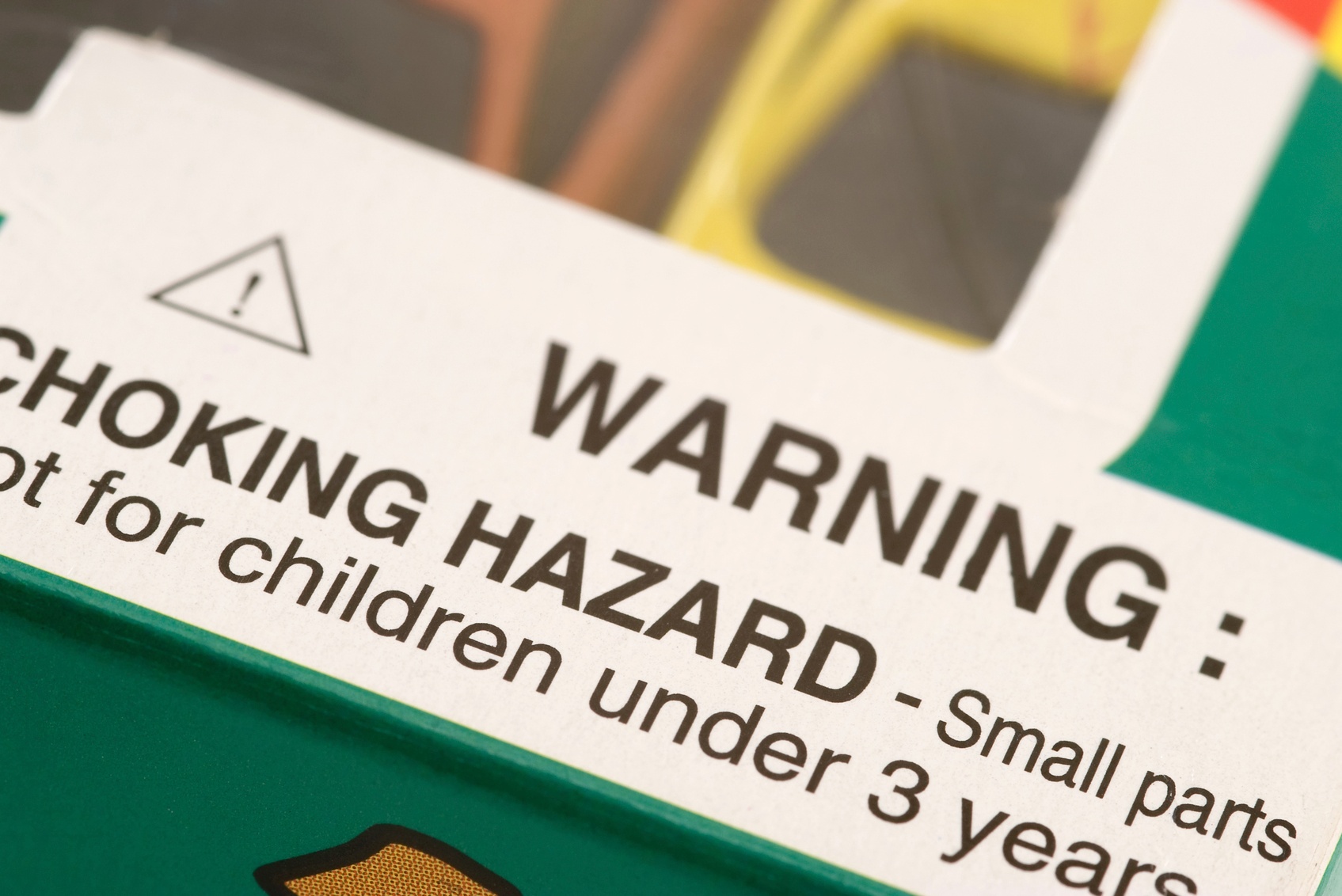
Basic Life Support (BLS) protocol, which includes cardiac arrest, respiratory arrest, drowning, and foreign body airway obstruction (FBAO, or choking), is familiar to most healthcare providers, from first responders to certified school nurses. Even laypeople trained and certified in CPR are familiar with the steps of assessing and performing BLS.
The BLS sequence, also known as CAB, directs responders to:
- Perform chest Compressions; 30 compressions if the patient is unresponsive and not breathing normally, then deliver two rescue breaths.
- Open the Airway.
- Check Breathing; no need to deliver rescue breaths.
In addition, if an AED is nearby, rescuers are encouraged to attach it and follow prompts. Seek out or call for the services of emergency medical personnel as soon as one is able.
Choking Protocol
While each of the protocols presents its own challenges, choking is the subject for today’s post. Nearly 100,000 people annually go to the emergency room (ER) for choking incidents. It’s a leading cause of death in children, with a child choking to death every five days.
This flowchart explains the protocol for assessing a choking person. In mild choking, a person is often able to cough or talk, and they just need to be monitored to see if the object clears. Severe choking is defined as someone who cannot cough, is unable to talk, showing cyanosis (turning blue around the lips), and clutching the neck.

Manikins enhance simulation for BLS, of course. Everyone is familiar with Resusci Anne. But choking rescue is difficult to practice. Simulating the abdominal thrust needed to propel the foreign object out of a person’s airway is not something most people volunteer for.
In order to address this obstacle, Dr. Timothy Adams created the Act+Fast Anti Choking Trainer in 2009. This lightweight neoprene vest makes it easy to demonstrate proper abdominal thrust technique. Showing correct hand placement is simple when it’s worn by a volunteer or placed on a manikin. Even school age children can learn how to assist others! Adding the Act+Fast trainer to CPR certification is a simple way and fun to enhance BLS education.
The vest contains a bladder that rests between the wearer’s navel and xyphoid process, which is where the rescuer’s hands would be placed for abdominal thrust. When performed properly, a soft foam plug pops out of the tube leading from the bladder. The Act+Fast Anti-Choking Trainer provides immediate visual feedback that the user is performing the technique correctly.
For more information, visit www.PocketNurse.com and learn more about this revolutionary product.






